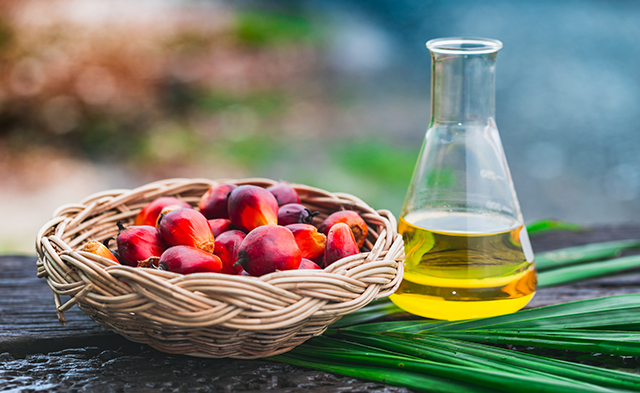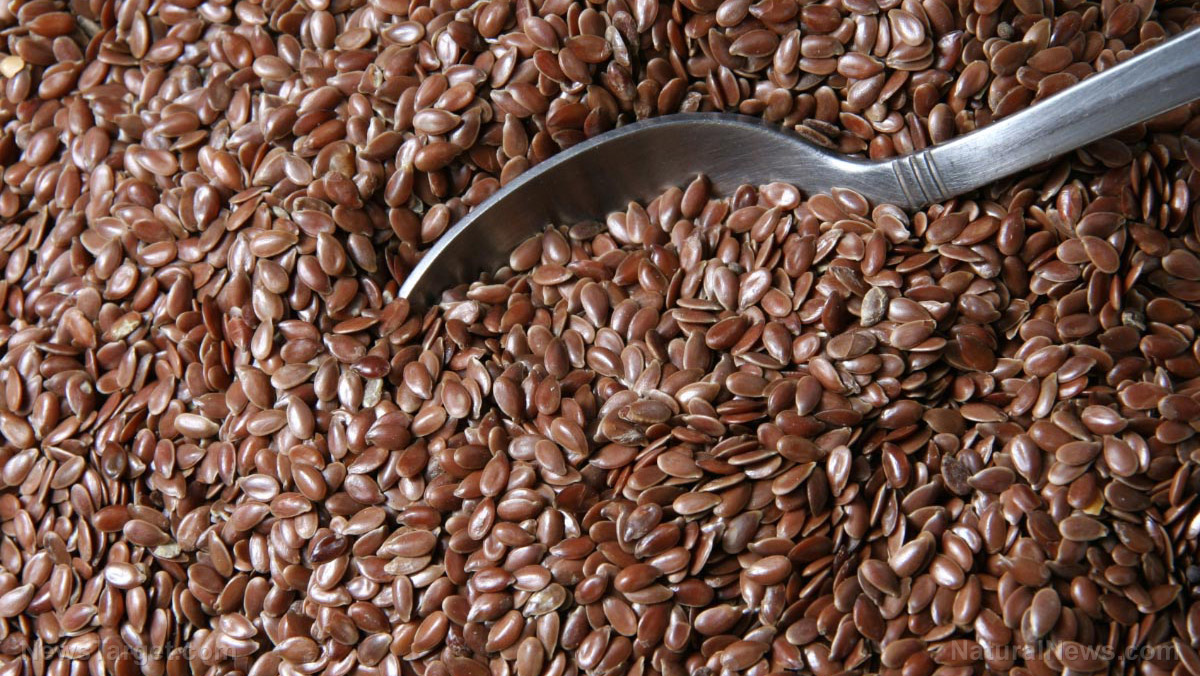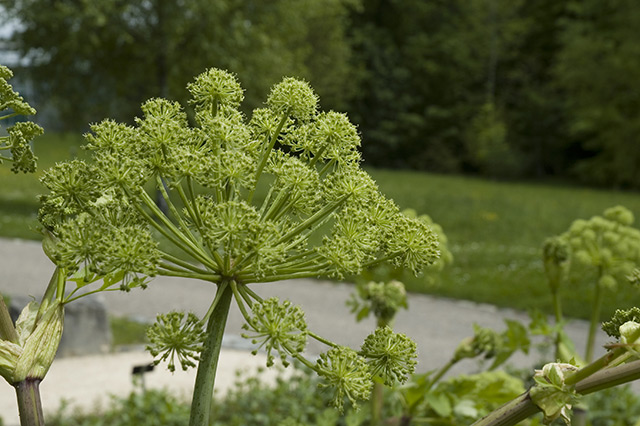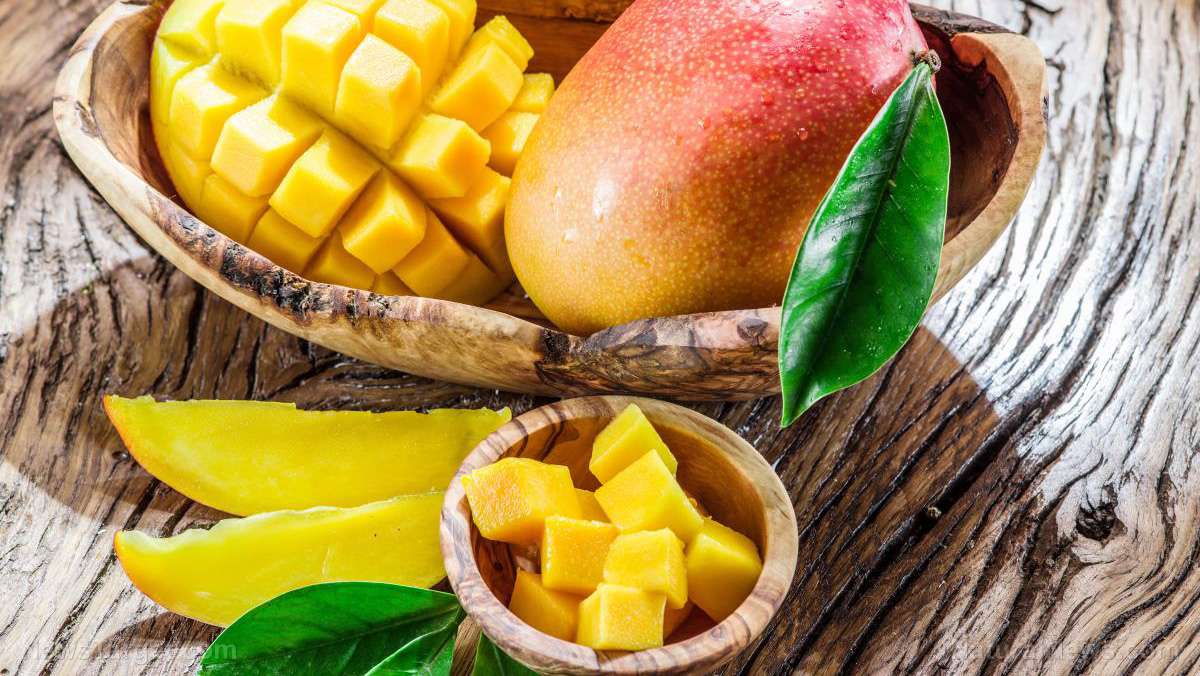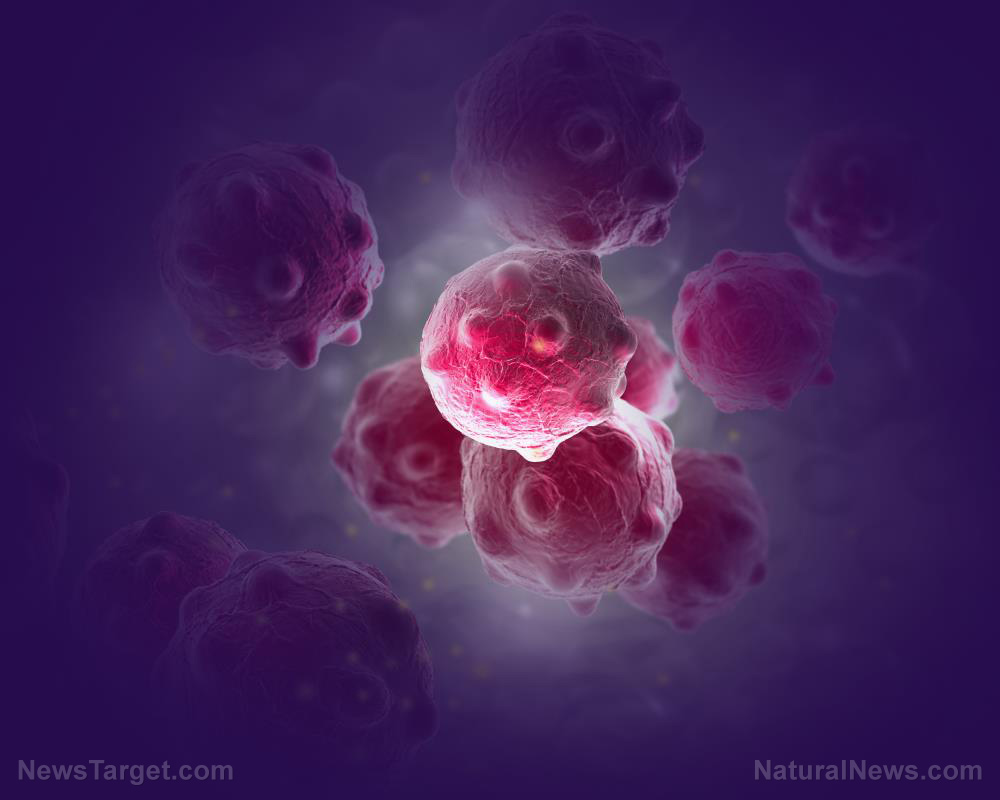Selene Yeager’s “New Foods for Healing” reveals the hidden disease fighters in people’s pantries
05/30/2025 / By Kevin Hughes
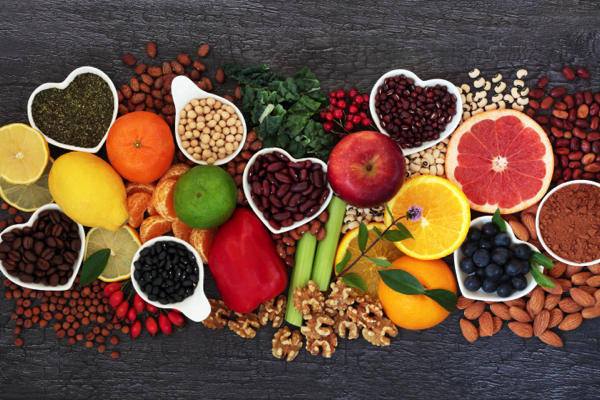
- The book “New Foods for Healing” highlights a shift toward using everyday foods like apples, garlic and tomatoes as powerful tools to combat chronic diseases, backed by scientific research on phytonutrients.
- Quercetin in apples reduces heart disease risk by 50 percent, lycopene in tomatoes lowers cancer risk, and oats contain cholesterol-lowering compounds more potent than vitamin E.
- Pairing foods (e.g., olive oil with carrots) enhances nutrient absorption, while proper preparation (e.g., crushing garlic) unlocks compounds like allicin for maximum health benefits.
- Whole foods provide balanced antioxidants (beta-carotene, vitamins C and E) that fight aging and disease more effectively than supplements.
- The book emphasizes dietary adjustments (like fiber and healthy fats) to counter age-related nutrient absorption issues, with foods like almonds and sunflower seeds aiding brain health.
In a world where chronic illness and prescription medications dominate health conversations, a quiet revolution is unfolding – one powered not by pills, but by the foods we eat. Selene Yeager’s “New Foods for Healing: Capture the Powerful Cures of More Than 100 Common Foods” reveals how everyday ingredients, from apples to garlic, harbor extraordinary disease-fighting compounds.
Backed by years of research, the book uncovers the science behind phytonutrients – nature’s secret weapons against heart disease, cancer and aging. For decades, nutrition focused on vitamins and minerals, but emerging research highlights lesser-known compounds with profound health benefits.
Take quercetin, an antioxidant abundant in apples. Studies suggest it slashes heart disease risk by 50 percent in people consuming just a quarter of an apple daily. Similarly, lycopene in tomatoes has been linked to a dramatic reduction in cancer risk, while oats contain cholesterol-lowering compounds 50 percent more potent than vitamin E.
“These aren’t just nutrients; they’re bioactive agents with targeted healing properties,” explains Yeager. The book, developed after two years of reviewing scientific journals and consulting experts, emphasizes that food synergy – pairing ingredients strategically – can amplify benefits. For example, drizzling olive oil on cooked carrots enhances absorption of beta-carotene, a critical antioxidant.
Some foods require simple prep to unleash their power. Crushed garlic, left to sit for 10 minutes, releases allicin, a compound with antimicrobial and heart-protective effects.
Watercress can mitigate damage from cigarette smoke. Even vitamin C – long celebrated for immune support – shows new promise in acerola berries, which pack 133 percent of the daily value in a single berry and aid collagen production.
Antioxidants like beta-carotene, vitamin E and vitamin C act as the body’s “Navy SEALs,” neutralizing free radicals that accelerate aging and disease. Yet experts caution against relying on supplements. “Nature balances these compounds perfectly in whole foods,” says Yeager.
As metabolism slows with age, nutrient absorption becomes harder. The book outlines adjustments, like prioritizing fiber-rich foods and healthy fats, to maintain vitality.
Notably, research suggests antioxidants may combat Alzheimer’s by preventing protein deposits in the brain. Vitamin E-rich foods like almonds and sunflower seeds are highlighted as key defenders.
Yeager’s work underscores a paradigm shift: Every meal is an opportunity to heal. While no single food is a cure-all, a diet rich in diverse, colorful ingredients offers a proactive shield against illness.
“This isn’t about deprivation,” she notes. “It’s about empowerment through knowledge.”
For those seeking to harness food’s full potential, “New Foods for Healing: Capture the Powerful Cures of More Than 100 Common Foods” serves as both a guide and a revelation – proof that the most powerful remedies might already be in your pantry.
Watch this video about Selene Yeager’s book “New Foods for Healing: Capture the Powerful Cures of More Than 100 Common Foods.”
This video is from the BrightLearn channel on Brighteon.com.
Sources include:
Submit a correction >>
Tagged Under:
acerola berries, allicin, almonds, antioxidant, apples, beta carotene, cancer, carrots, collagen, fiber-rich foods, food cures, food is medicine, Free radicals, garlic, healthy fats, heart disease, lycopene, minerals, oats, olive oil, phytonutrients, quercetin, Selene Yeager, sunflower seeds, supplements, tomatoes, vitamin C, vitamin E, vitamins, watercress
This article may contain statements that reflect the opinion of the author
RECENT NEWS & ARTICLES
COPYRIGHT © 2017 PHYTONUTRIENTS NEWS


